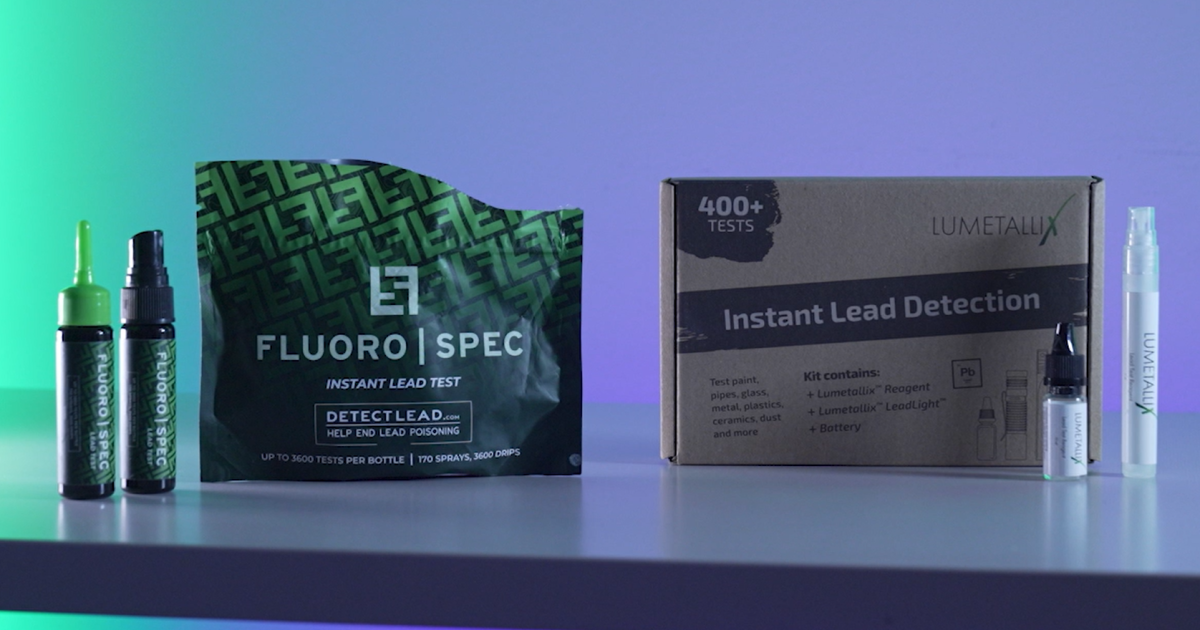Is Your Home Safe? Denver7 Investigates New At-Home Lead Testing Kits

Concerned about lead in your home, especially if you have young children? New, affordable at-home lead testing kits are popping up everywhere, promising a simple solution to a serious health risk. But do these kits actually work? Denver7 Investigates takes a closer look at these emerging technologies, examining their accuracy, reliability, and what you need to know before you purchase one.
The Growing Problem of Lead Exposure
Lead poisoning remains a significant public health concern, particularly for young children. Even low levels of lead exposure can cause developmental delays, learning difficulties, and behavioral problems. Older homes, often built before lead paint was banned, are a primary source of lead exposure. Deteriorating paint, lead-based dust, and contaminated soil can all pose risks.
The Promise of At-Home Testing
Traditionally, lead testing involved expensive and time-consuming laboratory analysis of paint chips or dust samples. These tests often required professional assessment and remediation. The advent of at-home lead testing kits offers a potentially more accessible and affordable option for homeowners to screen their properties for lead hazards.
How Do These Kits Work?
Most at-home lead testing kits utilize chemical reactions to detect the presence of lead. Users typically swab surfaces suspected of containing lead, apply a reagent, and observe a color change. The intensity of the color change is then compared to a chart to estimate the level of lead present. However, the accuracy of these kits can vary significantly depending on the kit's design, user technique, and surface type.
Denver7 Investigates: Do They Deliver?
Denver7 Investigates purchased several popular at-home lead testing kits and sent them to an independent, certified laboratory for comparison testing. The results were mixed. While some kits showed a reasonable correlation with laboratory results, others produced inconsistent or inaccurate readings. Factors like surface texture and the presence of other chemicals can significantly impact the test’s outcome.
Expert Concerns and Limitations
Experts caution that at-home lead testing kits should not be considered a substitute for professional lead assessments, especially if you suspect a significant lead hazard. These kits are best used as a screening tool to identify areas that warrant further investigation. They may not detect all forms of lead, and false positives or negatives are possible. It's crucial to follow the kit's instructions carefully and understand its limitations.
Protecting Your Family: What to Do Next
- If you suspect lead exposure: Consult with your pediatrician or local health department.
- Consider a professional lead assessment: A certified lead inspector can provide a comprehensive evaluation of your home’s lead hazards.
- If you use an at-home kit: Treat the results as preliminary and confirm with a professional if concerns arise.
- Keep children away from chipping paint and dust: This is the most effective way to prevent lead exposure.
Conclusion
At-home lead testing kits offer a potentially valuable tool for homeowners concerned about lead exposure. However, it’s essential to approach these kits with caution, understand their limitations, and consult with professionals when necessary. Protecting your family's health is paramount, and informed decision-making is key.






